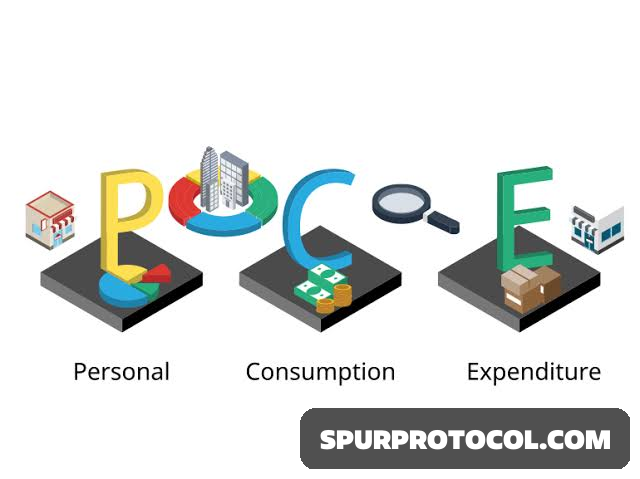What Is PCE Deflator?
The PCE deflator is a measure used to track changes in the prices of consumer goods and services over time.
Go Back
🕒 8:05 PM
📅 May 08, 2025
✍️ By Ecojames
The PCE deflator is a measure used to track changes in the prices of consumer goods and services over time.
Go Back
🕒 8:05 PM
📅 May 08, 2025
✍️ By Ecojames
- The PCE index is based on the Bureau of Economic Analysis’ data and calculated each month. It also is heavily weighted in regards to business surveys, like “Census Bureau’s annual and monthly retail trade surveys, the Service Annual Survey, and the Quarterly Services Survey.
-The PCE is based on the Fisher-ideal formula (in contrast to the CPI being based on Laspeyres formula) and includes costs like medical care (whereas the CPI only accounts for out-of-pocket expenses for medical care).
The Personal Consumption Expenditures index highlights the rising costs of living, but it doesn’t tell us much else.
How Is PCE Inflation Calculated?
The PCE index is calculated each month based on BEA data on personal consumption expenditures from a wide range of sources including:
(a.) Statistical reports from the U.S. Census Bureau and other government agencies
(b.) Administrative and regulatory agency reports
(C.) Reports from private organizations, such as trade associations
In its analysis, the BEA separates consumer goods and consumer services into three categories:
(a.) Durable goods. Items that last three years or longer, like cars and trucks, furnishings and household equipment, recreational goods and vehicles
(b.) Non-durable goods. Items that last less than three years, like food and beverages, clothing, gasoline and other energy products
(C.) Services. Things like housing, health care, transportation, recreation services, restaurants, accommodations, financial services and insurance
The PCE inflation rate is calculated by adding up the dollar amounts of all goods and services in a basket of goods and services, comparing the total to the prior month’s figures. Some prices must be adjusted based on estimates because the data needed for calculation is only compiled quarterly, whereas PCE inflation is released monthly.
All consumption expenditures data are totaled at the dollar values seen in the various surveys and statistical reports noted above, and then adjusted to current dollar values based on seasonal adjustments and various monthly price indexes.
The BEA normalizes the data via a price deflator—a ratio of the value of all goods and services produced in a particular year at current prices to that of prices that prevailed during a base year—to get the monthly PCE index: the average monthly rate of inflation (or deflation) for the U.S. economy as a whole.
Limitations
1. Complexity
The calculation of the PCE deflator is more complex than that of other inflation measures, such as the CPI. It uses a chain-type index formula and requires frequent updates and adjustments. This can make it less accessible and harder to understand for the general public.
2. Data availability
The PCE deflator relies on data from business surveys, which may not always be available or accurate. Any discrepancies or delays in data collection can impact the accuracy and timeliness of the PCE deflator, potentially leading to less reliable inflation measurements.